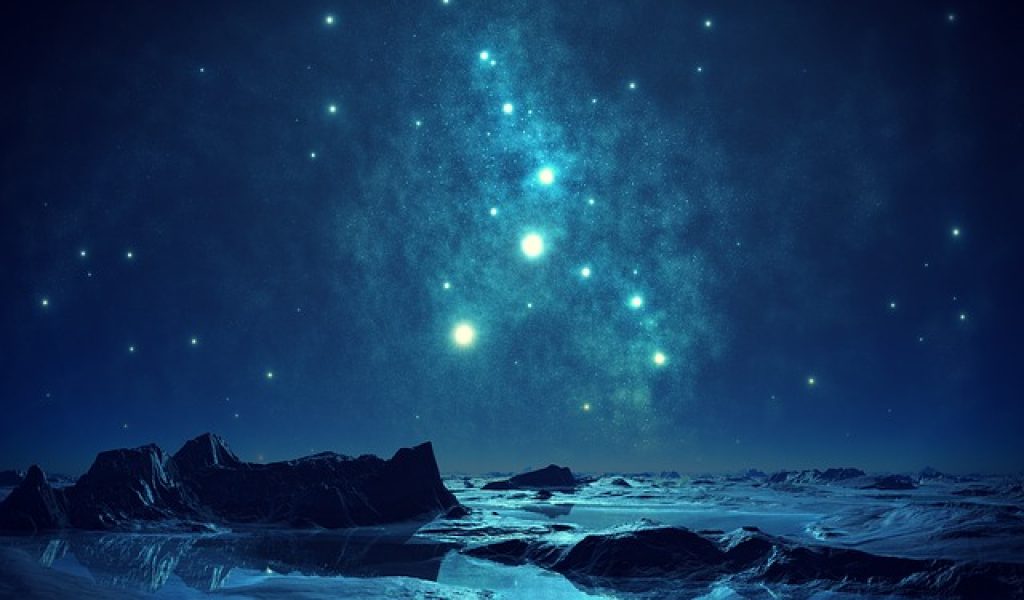Greenland’s melting ice sheets cause rapid sea level rise

Shagnick Bhattacharya, science editor, discusses how scientists discovered that Greenlands ice caps are causing sea levels to rise much faster than expected.
Greenland’s ice sheets hold an equivalent of 7.2 metres of total sea level rise, and in recent decades, rising temperatures have led to an acceleration of the rate at which the ice sheets have been losing their mass. According to the latest research based on data collected from a network of GPS stations located as far as two hundred kilometres inland and satellites in space, Greenland’s glaciers are melting faster than expected. As these glaciers melt, channels of fast-flowing ice are being formed, such as the Northeast Greenland Ice Stream. By 2100, this ice stream alone is expected to contribute six times more to rising sea levels than previously suggested. This anticipated sea level rise is itself equivalent to that caused by Greenland’s entire ice sheet over the past 50 years.
By 2100, this ice stream alone is expected to contribute six times more to rising sea levels than previously suggested
The leader of this study, Shfaqat Abbas Khan from the Technical University of Denmark, said: “We can see that the entire basin is thinning, and the surface speed is accelerating. Every year the glaciers we study have retreated further inland, and we predict that this will continue over the coming decades and centuries. Under present-day climate forcing, it is difficult to conceive how this retreat could stop.” In another study this year, in which Shfaqat Abbas Khan also participated, it was noted that although Greenland’s “peripheral glaciers have experienced large-scale mass loss, resulting in a substantial contribution to sea level rise,” and that Greenland’s “ice cover is relatively small (four per cent)”, their mass loss is disproportionally large compared to the size of the ice sheet. It’s the realisation of this disparity between the proportions of surface area and mass loss that leads to the conclusion that the ice sheets are going to melt faster than expected.
Prof Eric Rignot from the University of California, one of the co-authors in the study led by Khan, summarised the findings: “We foresee profound changes in global sea levels, more than currently projected by existing models.” While a study conducted in 2019 concluded that Greenland’s ice sheets “could contribute 5 to 33 cm to sea level by 2100”, the current estimates are far worse with scientists expecting climate change to “cause an absolute minimum sea-level rise of 27cm (10.6in) from Greenland alone as 110 tonnes of ice melt” even if we were somehow able to completely stop all carbon emissions overnight. Prof Jason Box, who led this study, worryingly described it as a “a very conservative rock-bottom minimum.” According to scientists, as the century progresses it won’t be surprising to see a sea level rise as high as 78cm caused by Greenland’s melting ice sheets only. An absolute minimum sea-level rise of 27cm (10.6in) from Greenland alone as 110 tonnes of ice melt
Expecting climate change to cause an absolute minimum sea-level rise of 27cm from Greenland alone as 110 tonnes of ice melt
A major study that came out this year has concluded Earth is on the brink of multiple disastrous “tipping points” caused by the climate crisis. Five of these may already come to soon for any counteraction to avoid signified by the 1.1℃ of global heating so far. One of these five now-inevitable tipping points identified is the complete collapse of Greenland’s ice cap in the future.


